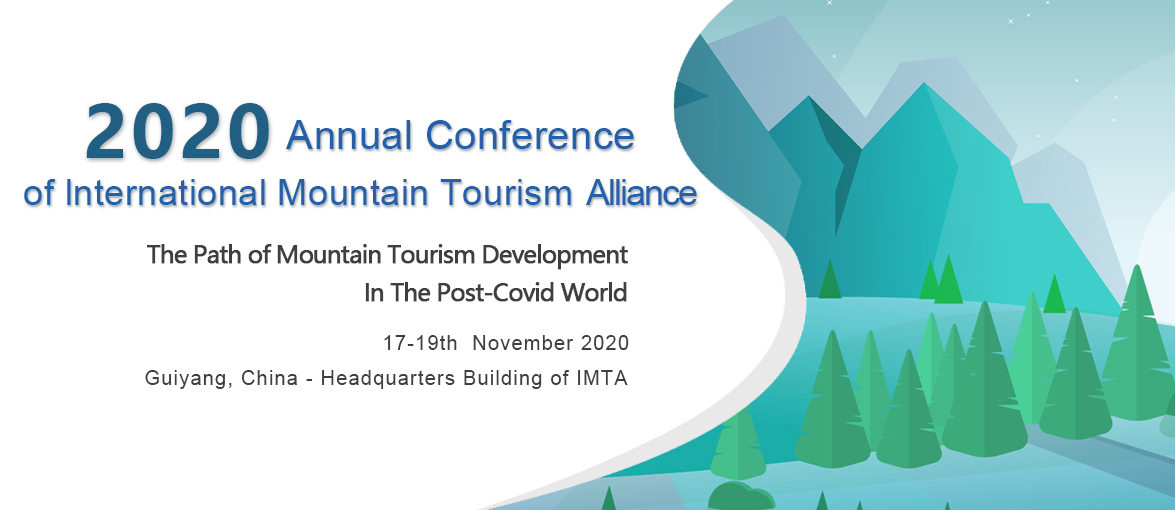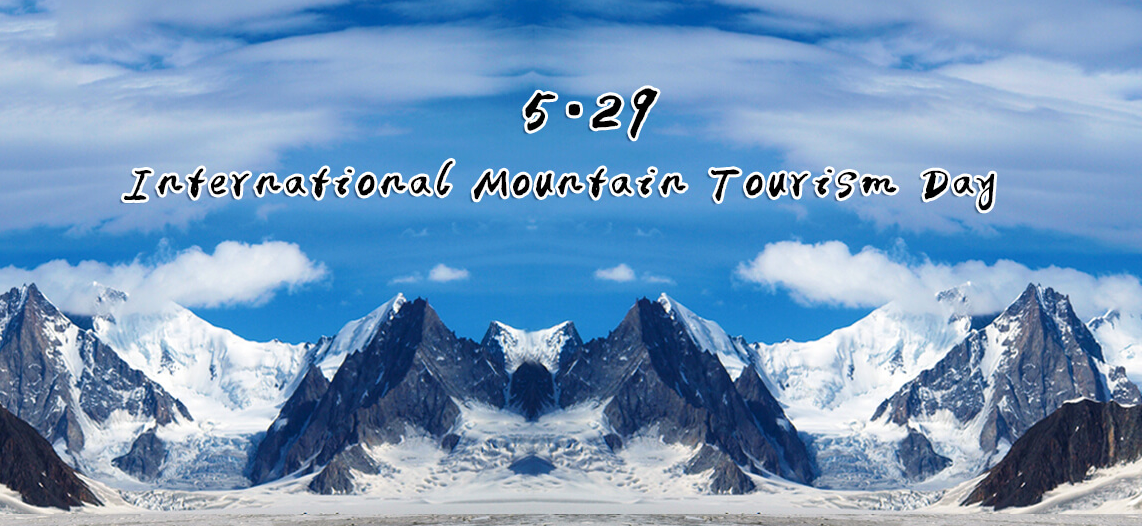U.S. travel proposes easing travel restrictions to the U.S. by July 15People seem to feel that reentry into "normal" post‐pandemic life may be difficult. Saturday Night Live (SNL), a popular comedy sketch show in the U.S., parodied the potential awkwardness of that first post‐quarantine conversation.
It reveals a collective fear that we may not know how to return to the simple things, like making small talk at a party. The same goes for travel. Even for a simple trip, business travelers may wonder "How do I do this again?"
Like social reentry, we need to find ways to take the awkwardness and fear out of travel reentry. To help travel managers ease back into COVID‐era travel we conducted a series of listening sessions. What we found is reminiscent of the SNL skit.
The vast majority of travelers and the C‐suite are eager to travel again, but may be uneasy about what this entails. They need more reassurance than ever and require a higher level of confidence.
In the old days (circa 2019), we focused on data to build and optimize travel programs. That’s still true today. However, a new kind of "data" is required to meet new demands for confidence.
We are looking at how "traveler journey data" can paint a portrait of the new travel experience and help travel managers make the right choices for today’s travel programs.
From predictable to unpredictable
Traveler needs used to be predictable. Travel managers goals were: get travelers from point A to B, ensure duty of care and optimize travel investment. It was the same for almost every traveler, every destination.
Statistics on early booking, online adoption and policy compliance informed the choices travel managers made to satisfy travelers and manage budgets.
But the travel landscape is more heterogeneous now. For example, distributed workforces are creating new types of travel needs ‐ hotel rooms for meeting space, hybrid meetings or longer stays.
Budgets will be allocated differently, requiring new approval workflows that weigh travel complexity against the benefit of traveling to meet in person.
Every trip is an event now and needs to be managed more closely.
As travelers venture into this new landscape, accompanying them with the right information at the right time and getting feedback on their experience will be vital. This is what traveler journey data is all about.
New travel needs create new data needs
Faced with complex and changing restrictions on travel, our clients told us they needed one source of truth to feel confident about traveling. This is what led GBT to create Travel Vitals.
New analysis of client feedback shows they also need that information delivered more proactively and within the context of a specific trip. We are now delivering pertinent information at the moment of need.
Is it 24 or 48 hours before a trip? And what about the information you need as you prepare to come back from your journey? We have seen that this can be just as important.
But before they book, travelers need to feel confident, and travel managers are looking for data to support this. This goes beyond finding out what paperwork or what test is needed for a trip.
We need more qualitative data that can only be gleaned from the traveler experience itself. Answers to simple questions such as "How was your trip?", "Where did you go?", "Was it safe and clean?", and "Did you meet your business objectives?" make up the traveler journey data set.
Using traveler journey data to inspire confidence
Traveler journey data from thousands of trips will help show business travelers and managers where it is safe and comfortable to go as travel opens up. The way forward is to use post‐trip information from travelers to continually refresh the data set travel managers use to make decisions.
The data we are seeing now shows that 88% of travelers are satisfied with suppliers’ COVID measures. With that information, travel managers can reassure travelers and design programs that give travelers what they need.
Choosing suppliers based on data from real‐life traveler experiences adds a layer of confidence to the booking process that will inspire travelers’ trust. It can also help suppliers pinpoint areas they need to improve. It is also helpful to know where travelers are going.
As more travelers venture out, the level of safety and comfort they feel in a destination can give a more nuanced picture of the experience. Just because a city has a curfew doesn’t mean a trip isn’t possible. On the flip side, a state with a mask mandate may not be the most comfortable place to be if the rules are generally ignored.
Showing a heat map of frequently visited destinations can help reassure travelers that it is safe to go there.
Travel is coming back and it’s time to get ready
Even though it may be different, we are overwhelmingly confident in the future of business travel. Recent research by American Express shows that a large majority of business travelers are looking forward to it, and more than four in five decision makers feel that business travel leads to higher profit and revenue.
Video conferences may get us by, but to grow we will need to travel. After months of lockdown, venturing out again can be tricky, and across the industry we are working to help the world get back on the road.
To give travelers the confidence to take that first trip travel managers will need new data and new insights. Closely following the traveler experience and learning from their experience will help shape the way business travel is managed.
Whether it’s a small business trip or small talk at a party, we will need to rethink our approach – the old questions may not apply. Instead of “How have you been?” wouldn’t “Here’s what I learned” be a much better way to start a conversation?














